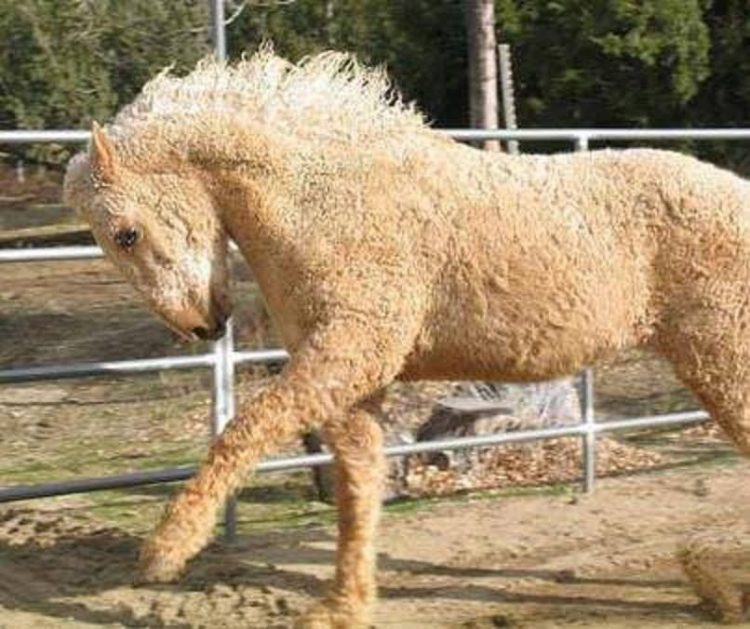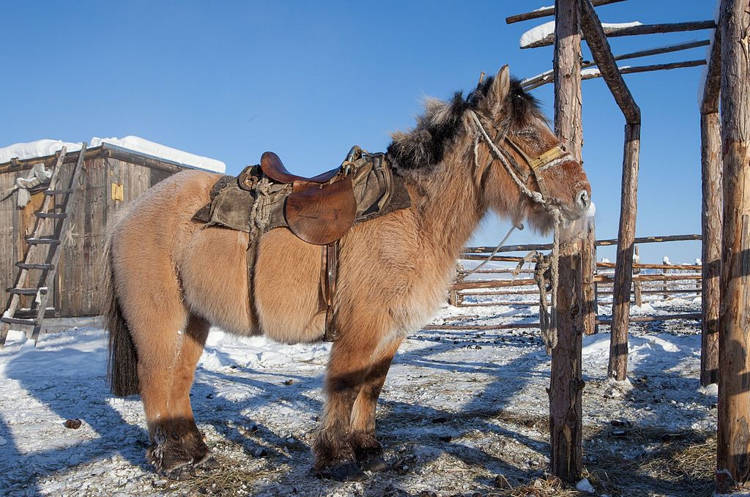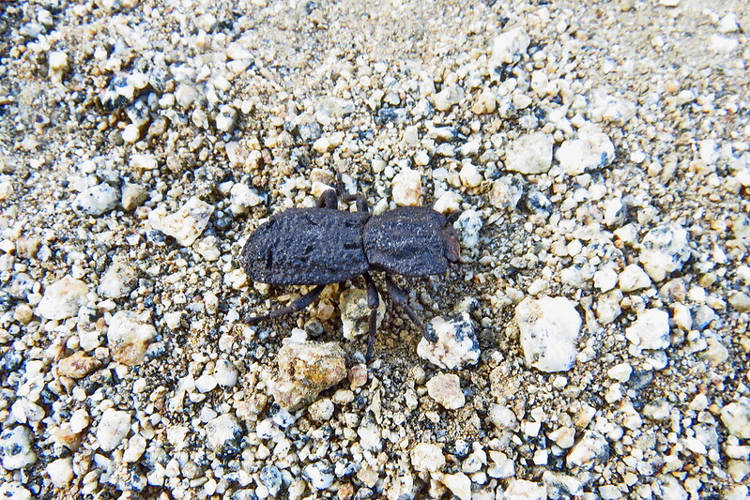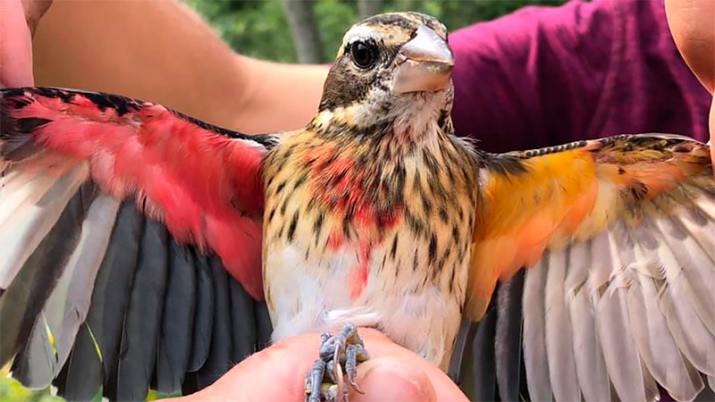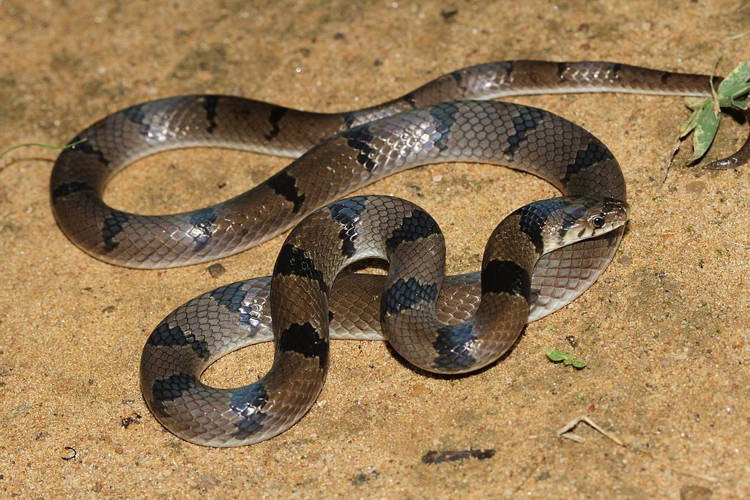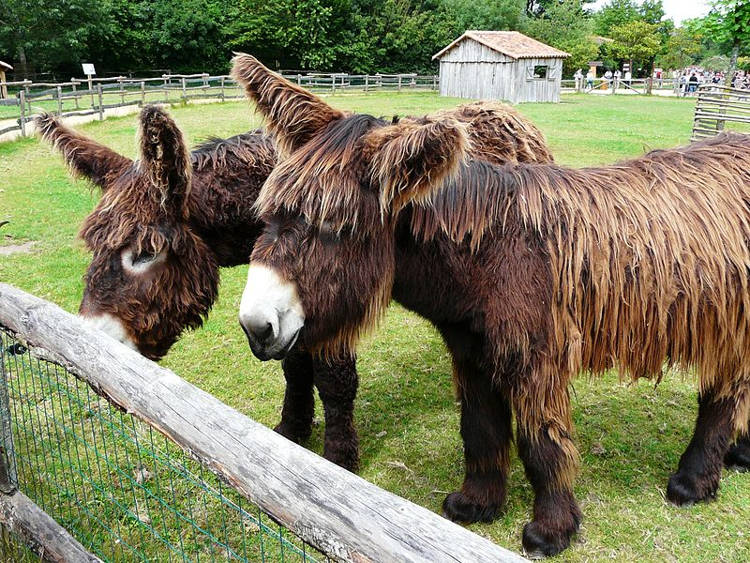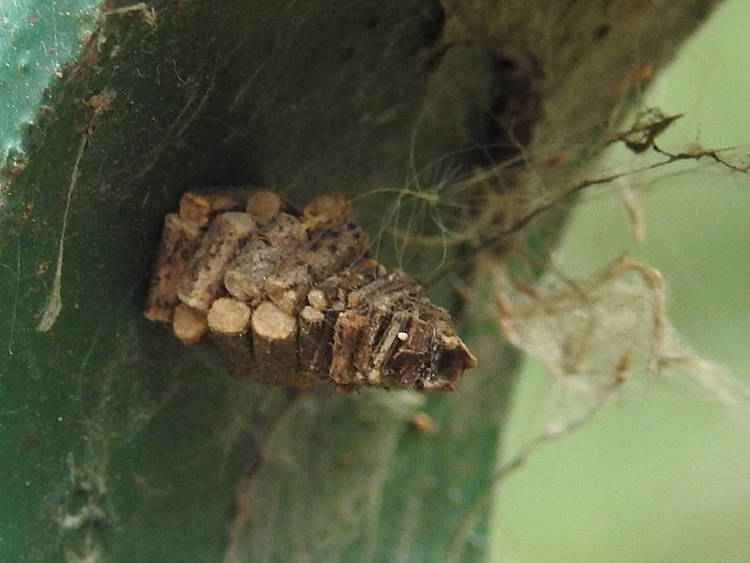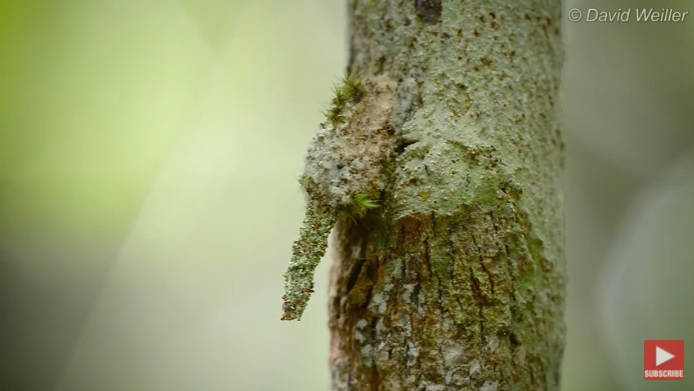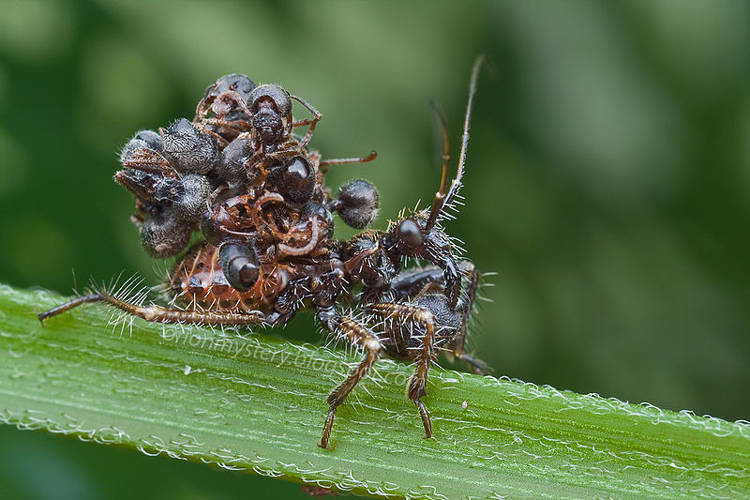When asked to describe a horse’s coat, most people use adjectives like smooth and silky, but in reality not all horses have straight, sleek coats. Some of them are as curly as Mangalica pigs or labradoodles.
Curly Horses, also known as Bashkir Curlies, American Bashkir Curlies, and North American Curly Horses, are a special breed that comes in all sizes, colors and body types, and carries a gene for a unique curly coat of hair that becomes especially impressive in winter. That’s the thing with Curlies, they mainly show off their special coats in the wintertime. During the summer, their coat either shows a slight wave in it, or it sheds completely, so you only get to witness the coat of a Bashkir Curly in the cold season.

